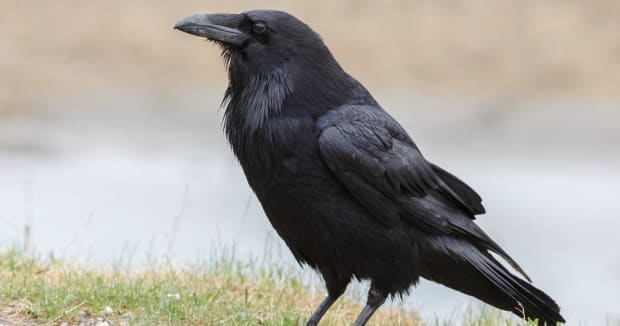In Minnesota, pigs are being born with human blood in their veins. In Nevada, there are sheep whose livers and hearts are largely human. In California, mice peer from their cages with human brain cells firing inside their skulls. These are not outcasts from The Island of Dr Moreau, the 1896 novel by HG Wells in which a rogue doctor develops creatures that are part animal and part human. They are real creations of real scientists, stretching the boundaries of stem cell research.
Biologists call these hybrid animals chimæras, after the mythical Greek creature with a lion’s head, a goat’s body and a serpent’s tail. They are the products of experiments in which human stem cells were added to developing animal foetuses. Chimæras are allowing scientists to watch, for the first time, how nascent human cells and organs mature and interact — not in the cold isolation of laboratory dishes but inside the bodies of living creatures. Some are already revealing deep secrets of human biology and pointing the way toward new medical treatments.
But with no federal guidelines in place, an awkward question hovers above the work: How human must a chimæra be before more stringent research rules should kick in?















 RSS – Posts
RSS – Posts